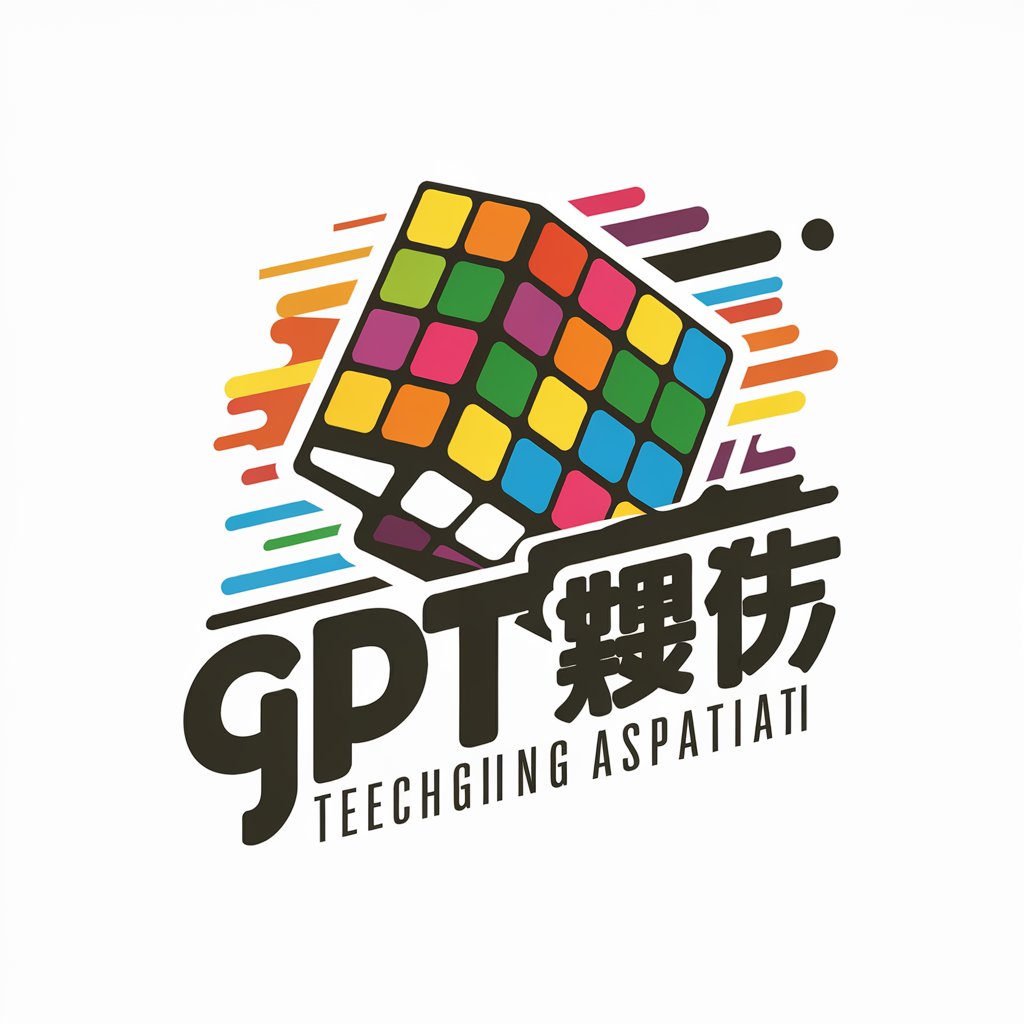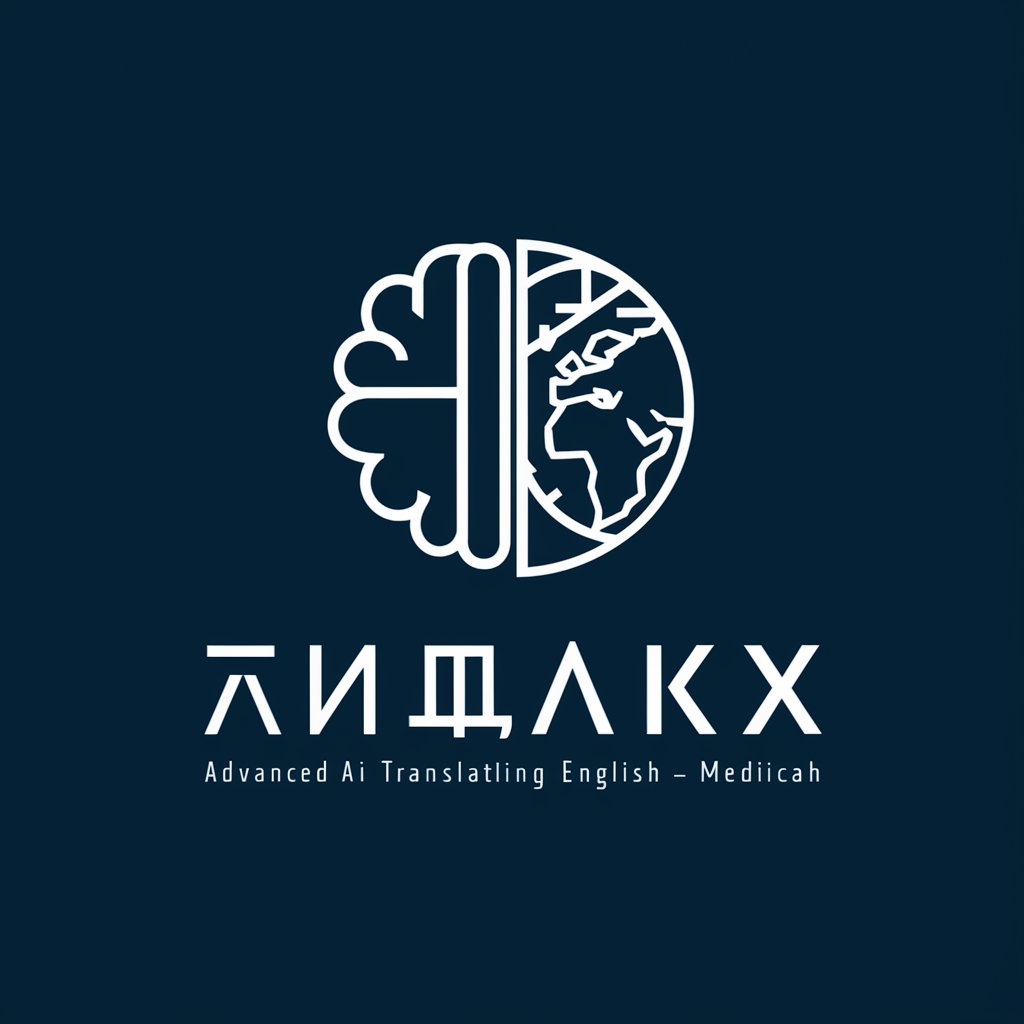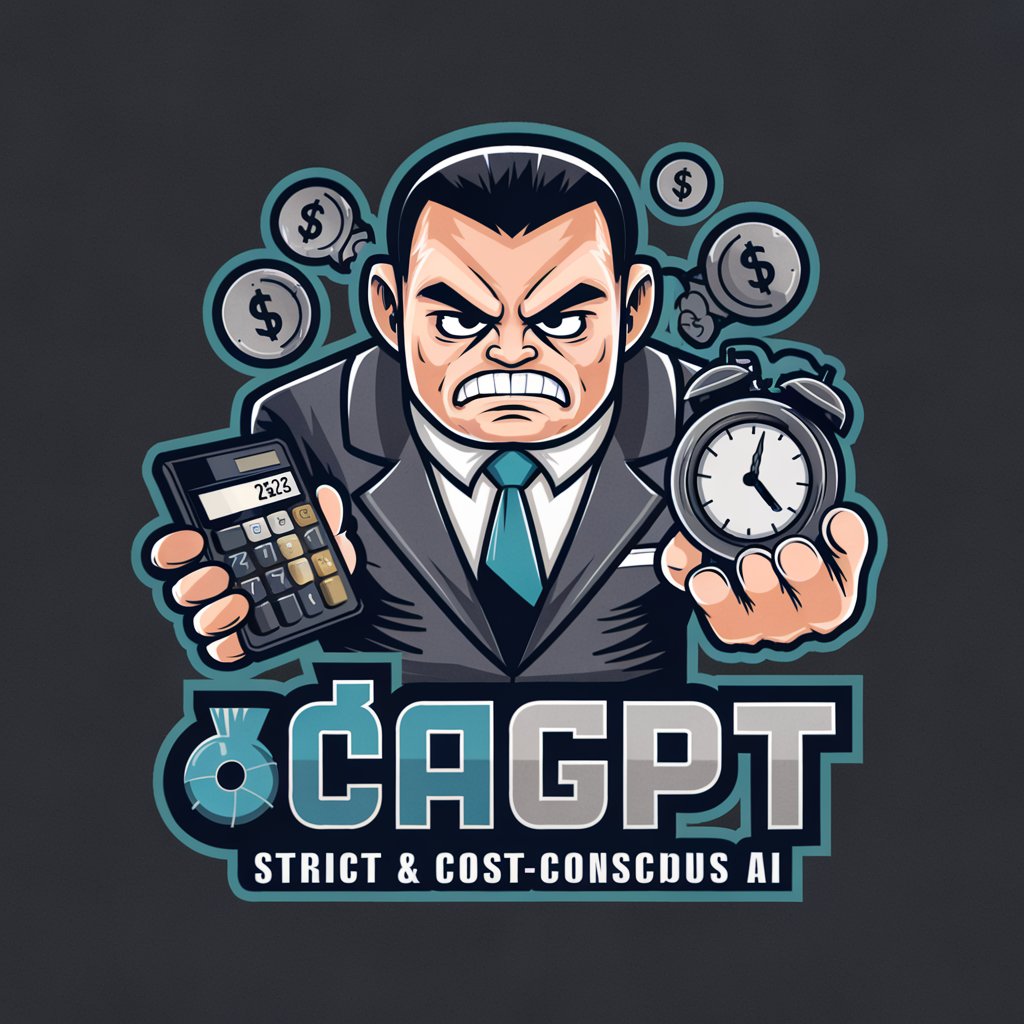
臭鸡吧 - Interactive Learning Assistant

Hi! Ready to dive into data structures?
Empowering your data structures journey with AI.
Explain the difference between a stack and a queue.
How does a binary search algorithm work?
What are the time complexities of common sorting algorithms?
Describe how a hash table stores and retrieves data.
Get Embed Code
Introduction to the Customized GPT for Data Structure Exam Review
This GPT, designed specifically for aiding students in reviewing for their final exams in data structures, focuses on providing detailed explanations, problem-solving strategies, and examples related to key data structures and algorithms. Its primary goal is to enhance understanding and retention of concepts such as arrays, linked lists, trees, graphs, stacks, queues, hash tables, sorting, searching, and complexity analysis. Through interactive engagement, it encourages students to think critically and apply their knowledge to solve problems. For instance, it can guide a student through the process of implementing a binary search tree, explaining each step and decision point along the way to ensure a comprehensive understanding. Powered by ChatGPT-4o。

Main Functions and Use Cases
Conceptual Explanation
Example
Explaining the concept of hashing and how hash tables are used to implement dictionaries with fast lookup times.
Scenario
A student struggling to understand hashing algorithms is provided with a step-by-step explanation, including how collision resolution strategies like chaining and open addressing work.
Problem-Solving Strategies
Example
Guiding through the development of an algorithm to detect cycles in a linked list.
Scenario
When a student encounters a common interview question about detecting cycles, they are walked through the Floyd’s Tortoise and Hare algorithm, learning how it efficiently solves the problem.
Complexity Analysis
Example
Teaching how to analyze the time and space complexity of algorithms, using mergesort as a case study.
Scenario
A student preparing for exams needs to understand how to calculate and compare the complexities of different sorting algorithms. They are shown how mergesort achieves O(n log n) time complexity through divide and conquer.
Target User Groups
Data Structures Students
Students enrolled in computer science or engineering courses focusing on data structures, seeking to deepen their understanding of the subject, prepare for exams, or gain practical problem-solving skills.
Job Seekers in Tech
Individuals preparing for technical interviews that require strong foundational knowledge in data structures and algorithms. These users benefit from practicing problem-solving strategies and understanding algorithm complexities.

How to Use the Data Structures Review Assistant
1
Visit an educational platform offering the Data Structures Review Assistant for an intuitive, no-login trial, free of charge.
2
Select the data structure topic you need help with, ranging from arrays to graphs.
3
Use the query box to input your specific question or topic of interest.
4
Review the detailed explanations, examples, and problem-solving strategies provided.
5
Engage with interactive exercises to test your understanding and reinforce learning.
Try other advanced and practical GPTs
开动你的脑壳
Craft Your Manga with AI

现代数字插画师
Bringing Ideas to Life with AI

MuseEcho
Bringing AI Conversations to Life

泼皮无赖
Engage, Challenge, and Debate with AI.

GPT 魔方教师
AI-powered Rubik's Cube Solver and Teacher

创意文案大师
Energize Your Content with AI Creativity

臭子润色
Elevating English with AI-powered precision.

臭氧產品外貿助手AI
Navigating Ozone Trade with AI Power

子供の話, Kids Stories in Japanese
Bringing Japanese tales to life with AI.

Mj 生成图片提供了提示词设计
Inspiring creativity with AI-generated prompts

供給力アップ
Boost Your Supply Capabilities with AI

慣老闆GPT
Navigate business with AI-powered tough love

Frequently Asked Questions about the Data Structures Review Assistant
What topics can the Data Structures Review Assistant cover?
It covers arrays, linked lists, trees, graphs, stacks, queues, hash tables, sorting, searching, and complexity analysis.
How does the Assistant enhance learning?
It provides detailed explanations, encourages critical thinking, and offers examples and exercises for hands-on learning.
Can I use the Assistant for exam preparation?
Absolutely, it's designed to aid in reviewing and solidifying concepts for data structures exams.
Is prior knowledge required to use the Assistant?
Basic understanding of programming is helpful, but the Assistant can cater to beginners with clear, step-by-step explanations.
How often is the content updated?
The Assistant's content is regularly updated to include the latest educational methodologies and examples.




